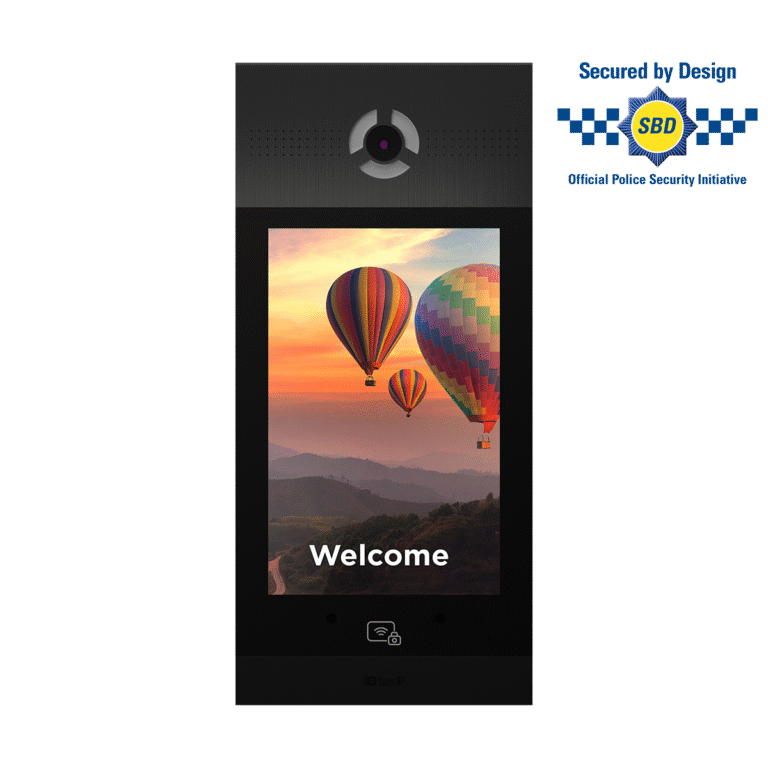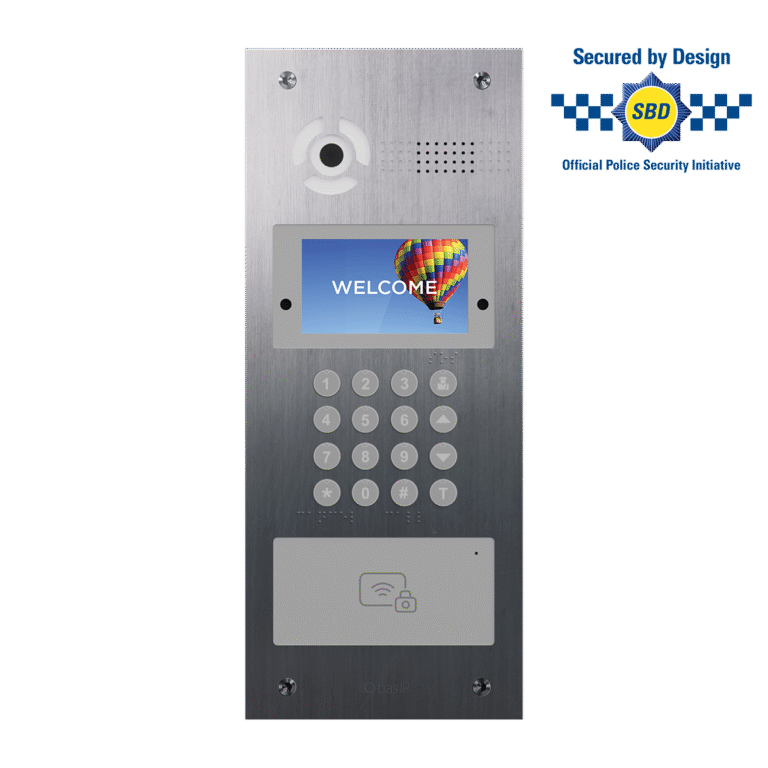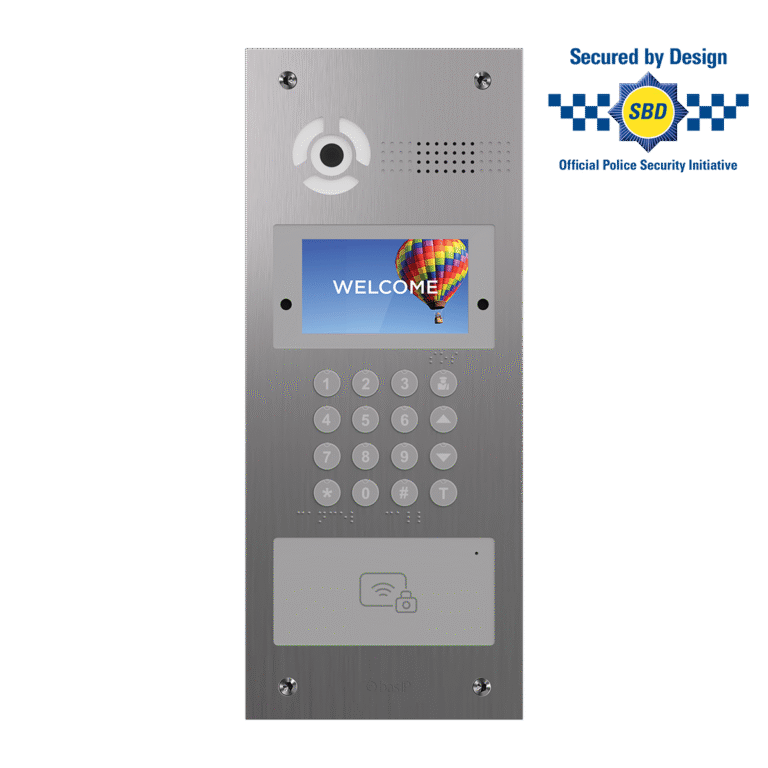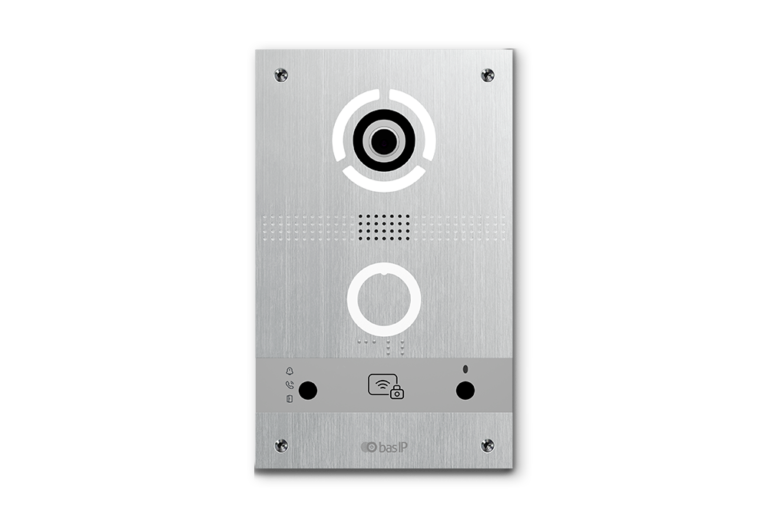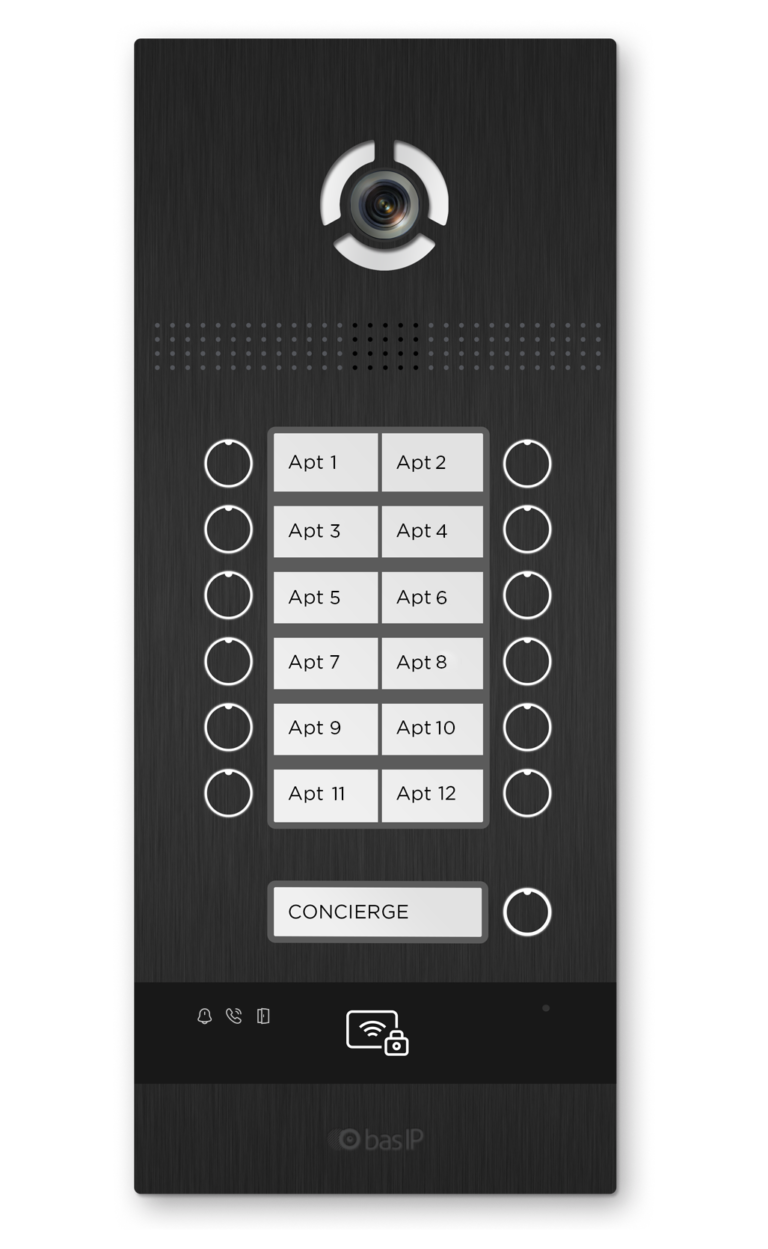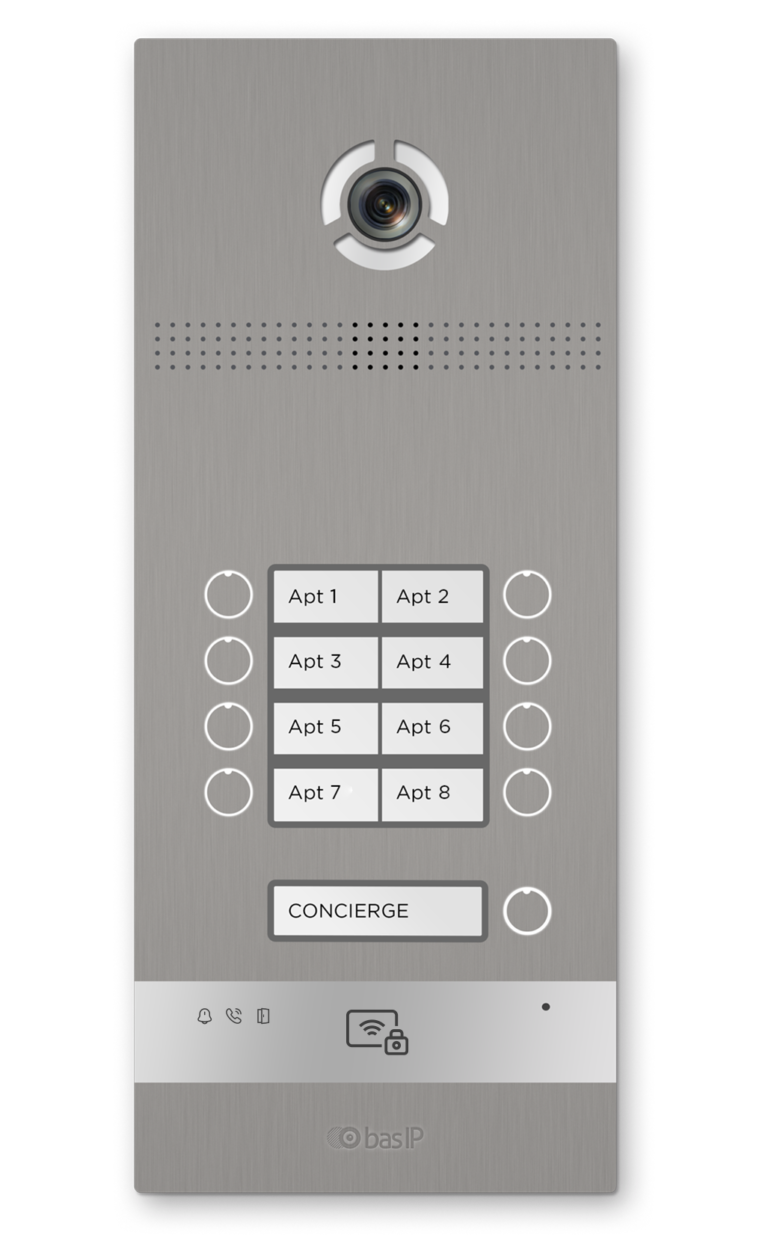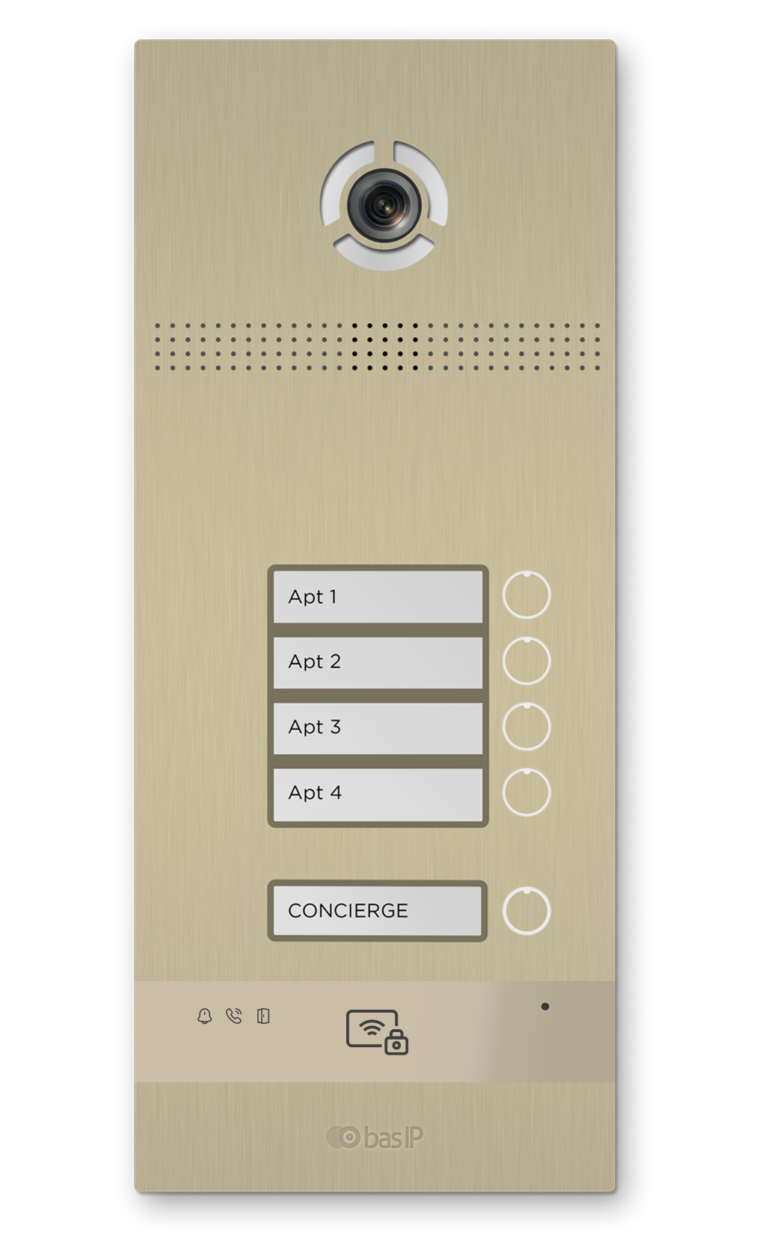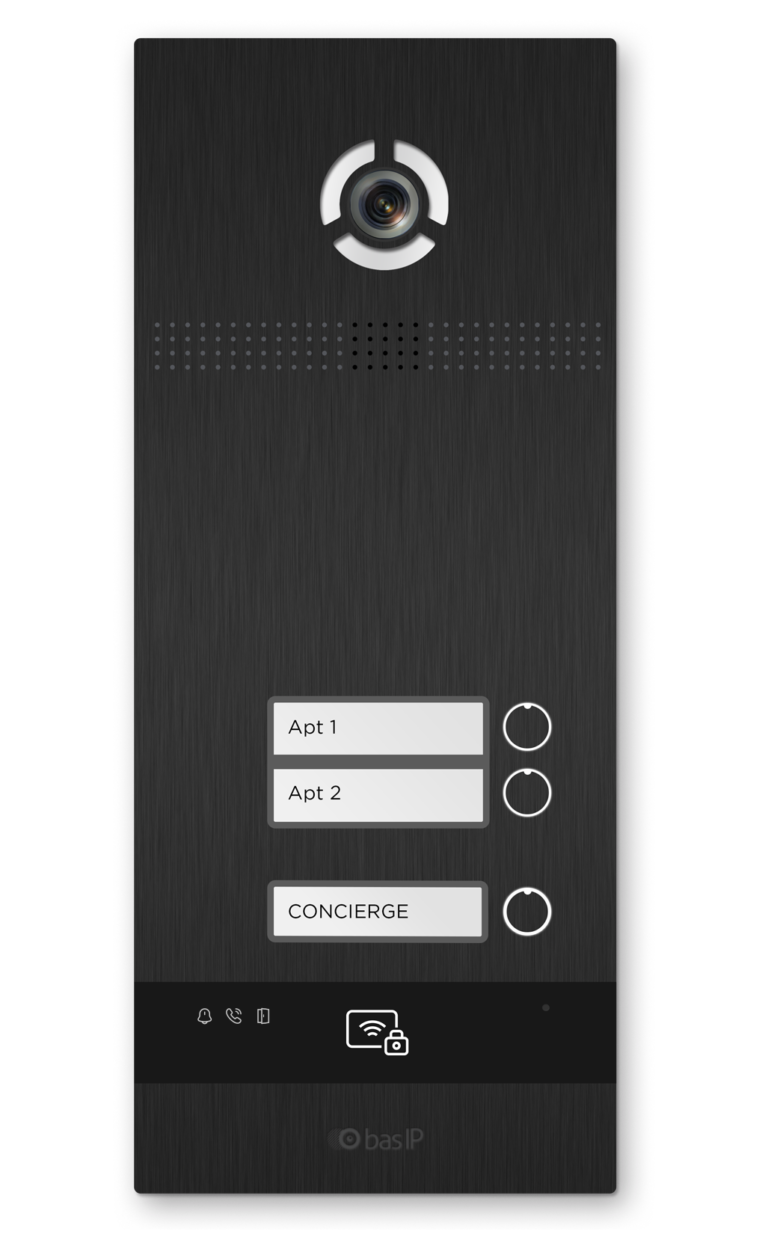Building Doorways: The Gateway to Exceptional Design

In the realm of architecture, doorways are more than mere entrances and exits. They are the gateways that define the first impression of a building. This article delves into the world of building doorways, exploring their significance, design considerations, materials, functionality, and much more.
Understanding Building Doorways
What is a Doorway?
A doorway is a portal that allows passage between spaces, often signifying a transition or a boundary. It serves as a critical element in the architectural design, contributing to the aesthetics, functionality, and security of a building.
Types of Doorways
Doorways can be categorized into interior, exterior, main entrances, and service entrances, each serving a unique purpose and requiring different design considerations.
| Type of Doorway | Location | Purpose | Typical Design Characteristics |
|---|---|---|---|
| Interior Doorway | Inside the building, often between rooms | Facilitate movement within the building, provide privacy | Typically smaller and simpler than exterior doorways, often without locks |
| Exterior Doorway | Lead outside the building | Provide access to outdoor spaces, such as gardens, patios, or balconies | Often larger and more robust than interior doorways, typically with locks for security |
| Main Entrance | Front of the building | Create a welcoming entrance, define the building’s first impression | Often the largest and most ornate doorway, designed to be inviting and secure |
| Service Entrance | Back or side of the building | Facilitate deliveries and service access | Typically simpler and more utilitarian than the main entrance, often with enhanced security features |
| Emergency Exit | Various locations, as per safety regulations | Provide a safe and quick exit in case of emergencies | Must be easy to open, often equipped with panic bars or push-to-exit buttons, and clearly marked |
Each type of doorway serves a unique purpose and requires different design considerations. For instance, a main entrance might be designed with aesthetics in mind, while a service entrance would prioritize functionality and security. Similarly, an interior doorway might focus on facilitating the flow of space within the building, while an emergency exit would prioritize safety and ease of use.
Importance of Doorways in Architecture

Building doorways play a crucial role in architecture, shaping the flow of space, providing privacy, and contributing to the building’s overall aesthetic appeal.
- Defining Spaces: Doorways play a crucial role in defining spaces within a building. They serve as transitions between different areas, helping to establish a sense of order and flow. For instance, a doorway can separate a private bedroom from a public living area, or a quiet study from a noisy kitchen.
- Aesthetic Appeal: Doorways contribute significantly to the aesthetic appeal of a building. They can be designed to complement the architectural style of the building, whether it’s a modern entry doors minimalist design or a traditional ornate design. The choice of materials, colors, and finishes can also enhance the visual appeal of the doorway.
- Functionality: Doorways are essential for the functionality of a building. They facilitate movement between spaces and provide access to different areas. They can also be designed to enhance privacy, reduce noise, or improve energy efficiency.
- Security: Doorways play a key role in the security of a building. They serve as the primary points of access and, therefore, need to be designed with security features such as locks, alarms, and surveillance systems.
- Symbolism: In many cultures, doorways hold symbolic significance. They can represent transitions, opportunities, or boundaries. The design of a doorway can reflect this symbolism, adding depth and meaning to the architectural narrative.
- First Impressions: The main entrance building doorway, in particular, plays a crucial role in creating the first impression of a building. It can set the tone for the rest of the building and create a sense of anticipation for what lies within.
- Accessibility: In contemporary architecture, there’s a growing emphasis on designing doorways that are accessible to all users, including those with disabilities. This involves considerations such as the width of the doorway, the height of any thresholds, and the type of door handle.
In conclusion, building doorways are much more than mere entrances and exits. They are a vital aspect of architectural design, contributing to the aesthetics, functionality, security, and accessibility of a building.
Designing Building Doorways
Factors to Consider
When designing a building doorway, architects must consider several factors, including size, location, materials, and the intended use of the space.
- Purpose: The purpose of the doorway is the primary factor that influences its design. For instance, a main entrance door would need to be welcoming and secure, while an interior door might need to provide privacy or noise reduction.
- Size: The size of the doorway needs to be appropriate for its intended use. For example, a doorway for a large public building might need to be wider to accommodate high foot traffic, while a doorway for a private residence might be narrower.
- Location: The location of the doorway within the building can influence its design. For instance, a doorway that opens onto a garden might be designed to maximize views and natural light, while a doorway in a busy corridor might need to be robust and durable.
- Materials: The choice of materials can greatly influence the aesthetics and functionality of a doorway. For example, a wooden door might provide a warm, natural aesthetic, while a steel door might offer greater security.
- Style: The style of the doorway should complement the overall architectural style of the building. For instance, a modern building might suit a minimalist doorway design, while a historic building might suit a more ornate design.
- Accessibility: Building doorways need to be accessible to all users, including those with disabilities. This might involve considerations such as the width of the doorway, the height of any thresholds, and the type of door handle.
- Security: Security is a key consideration, particularly for exterior doorways. This might involve considerations such as the type of lock, the strength of the door material, and the inclusion of features such as peepholes or security cameras.
- Sustainability: With increasing focus on sustainability in architecture, designers might also consider factors such as the energy efficiency of the doorway (for example, ensuring it is well-insulated) and the sustainability of the materials used.
By carefully considering these factors, architects and designers can create building doorways that are not only functional and secure, but also contribute to the overall aesthetics and sustainability of the building.
Design Trends
From minimalist designs to ornate archways, the trends in building doorways are continually evolving, reflecting changes in architectural styles and societal preferences.
| Design Trend | Characteristics | Examples |
|---|---|---|
| Minimalist Design | Clean lines, simple shapes, lack of ornamentation | Steel or glass doors |
| Bold Colors | Strong visual statement, sets the tone for the building | Red, blue, yellow, green doors |
| Natural Materials | Adds warmth and a sense of connection to nature | Wood or stone doors |
| Large Glass Panels | Maximizes natural light, creates a sense of openness | Glass doors with metal or wooden frames |
| Industrial Style | Raw, unfinished look, typically robust and durable | Steel or iron doors |
| Traditional Design | Classic styles, often with ornate details | Wooden doors with carvings or glass inserts |
| Modern Farmhouse | Mix of traditional and modern elements, often with a rustic touch | Wooden doors with a distressed finish |
| Vintage Style | Old-world charm, often with intricate details | Wooden doors with stained glass |
| High-Tech Features | Incorporates modern technology for added convenience and security | Doors with smart locks or biometric access |
Each of these trends offers a unique aesthetic and can be chosen based on the overall design of the building and personal preferences. It’s also important to note that these trends can be combined for a more personalized look. For instance, a minimalist design could be paired with a bold color for a modern and striking doorway.
Building Doorway Materials
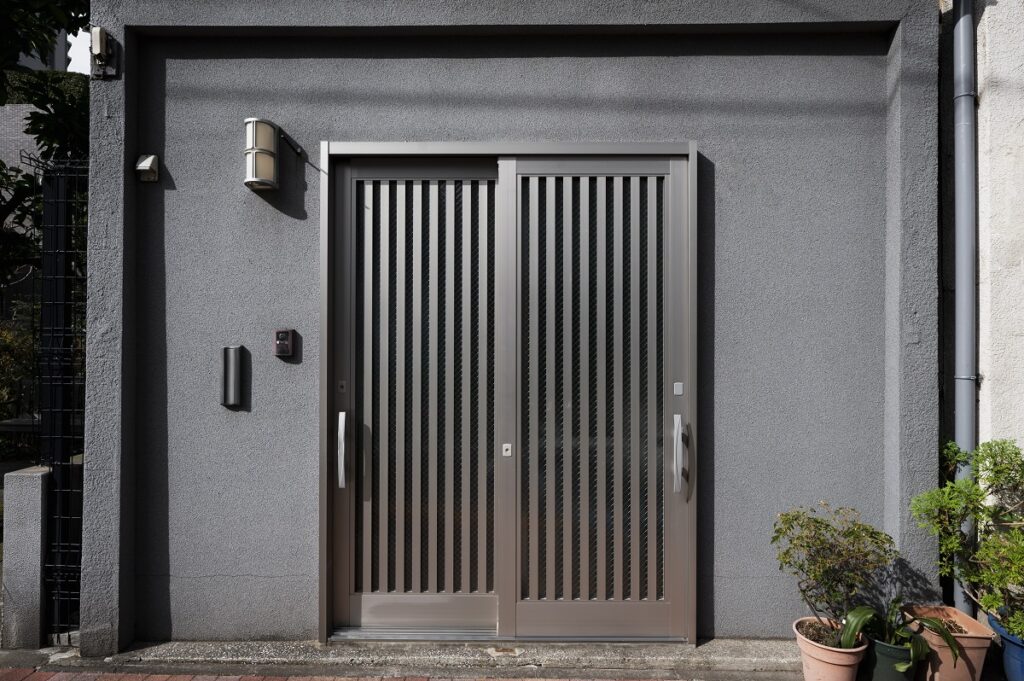
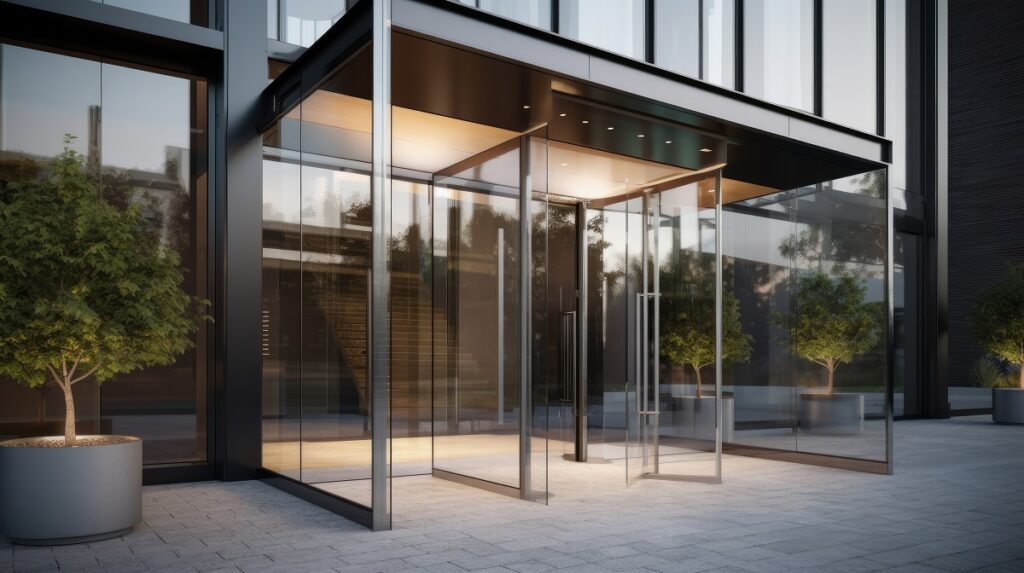
Common Materials
Building doorways can be constructed from a variety of materials, including wood, steel, and glass, each offering different aesthetic and functional properties.
| Material | Characteristics | Typical Applications |
|---|---|---|
| Wood | Warm, natural aesthetic; can be painted or stained; requires regular maintenance | Residential homes, historic buildings |
| Steel | Strong and durable; resistant to warping and cracking; typically requires less maintenance than wood | Commercial buildings, security doors |
| Glass | Allows natural light; creates a sense of openness; can be combined with other materials for added strength | Modern homes, office buildings |
| Fiberglass | Resistant to warping and cracking; can mimic the look of wood; requires little maintenance | Residential homes, particularly in harsh climates |
| Aluminum | Lightweight yet strong; resistant to corrosion; can be painted any color | Commercial buildings, modern homes |
Each of these materials has its own advantages and disadvantages, and the choice of material can greatly influence the aesthetics, functionality, and durability of a doorway. For instance, a wooden door might provide a warm, traditional aesthetic, while a steel door might offer greater security. Similarly, a glass door might be ideal for maximizing natural light, while a fiberglass door might be a practical choice for a harsh climate.
Choosing the Right Material
The choice of material for a doorway depends on several factors, including the building’s design, the doorway’s purpose, and the local climate.
- Aesthetics: The material of a doorway can greatly influence its aesthetic appeal. For instance, a wooden door might provide a warm, traditional aesthetic, while a steel or glass door might offer a sleek, modern look. The choice of material should complement the overall architectural style of the building.
- Functionality: Different materials offer different functional properties. For example, steel doors are strong and durable, making them a good choice for security. Glass doors allow natural light into the building, creating a sense of openness. The choice of material should align with the intended function of the doorway.
- Maintenance: Some materials require more maintenance than others. For instance, wooden doors need to be regularly painted or stained to prevent damage from the elements, while steel or fiberglass doors typically require less maintenance. The maintenance requirements of a material should be considered in relation to the resources available for upkeep.
- Climate: The local climate can influence the choice of material. For example, wood might not be the best choice in a humid climate as it can warp or rot, while steel might not be ideal in coastal areas as it can corrode. Materials like fiberglass or aluminum, which are resistant to both moisture and corrosion, might be more suitable in these climates.
- Cost: The cost of materials can vary widely, from relatively inexpensive options like aluminum to more costly options like solid wood or custom glass. The choice of material should fit within the budget for the project.
- Sustainability: With a growing focus on sustainability in architecture, the environmental impact of materials is an important consideration. This might involve considering the lifecycle of the material, including its production, durability, and disposal.
By carefully considering these factors, architects and designers can choose the right material for a doorway, balancing aesthetics, functionality, maintenance, climate, cost, and sustainability.
Functionality and Accessibility of Building Doorways
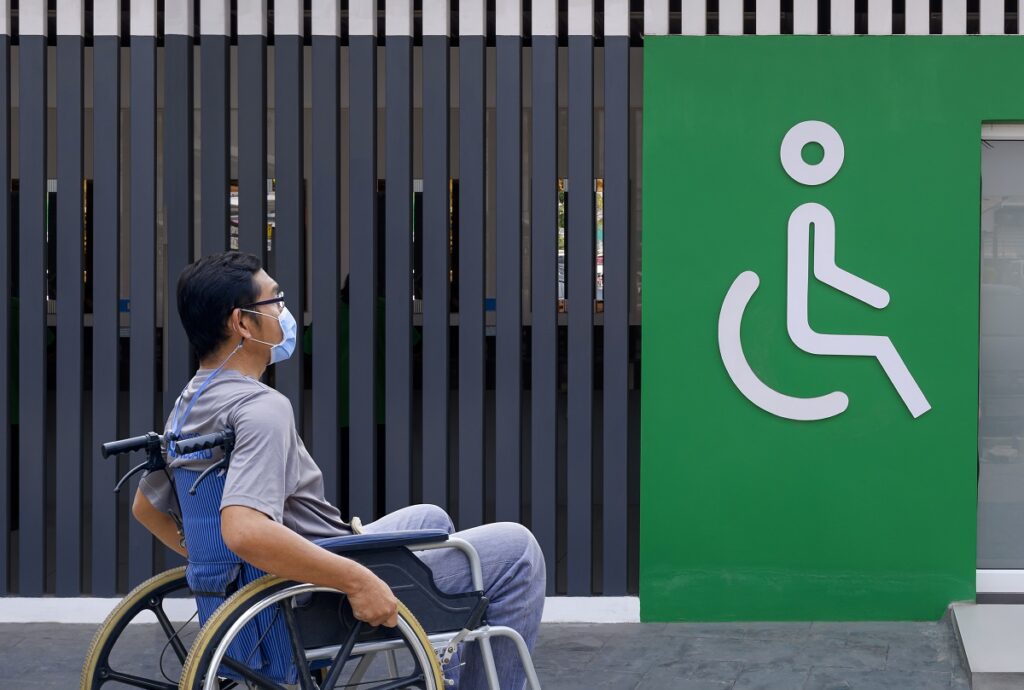
Ensuring Accessibility
Ensuring accessibility in doorway design is a crucial aspect of inclusive architecture. It involves creating doorways that can be used by everyone, regardless of their physical abilities or disabilities. Here are some key principles to consider, as outlined by the Centre for Excellence in Universal Design:
- Equitable Use: The design should be useful and appealing to people with diverse abilities. This means providing the same means of use for all users, avoiding segregation or stigmatization, and ensuring privacy, security, and safety are equally available to all users.
- Flexibility in Use: The design should accommodate a wide range of individual preferences and abilities. This includes providing choice in methods of use, accommodating right- or left-handed access and use, and facilitating the user’s accuracy and precision.
- Simple and Intuitive Use: The design should be easy to understand, regardless of the user’s experience, knowledge, language skills, or current concentration level. This involves eliminating unnecessary complexity and being consistent with user expectations and intuition.
- Perceptible Information: The design should communicate necessary information effectively to the user, regardless of ambient conditions or the user’s sensory abilities. This includes using different modes for redundant presentation of essential information and providing adequate contrast between essential information and its surroundings.
- Tolerance for Error: The design should minimize hazards and the adverse consequences of accidental or unintended actions. This involves arranging elements to minimize hazards and errors, providing warnings of hazards and errors, and providing fail-safe features.
- Low Physical Effort: The design should be able to be used efficiently and comfortably, and with a minimum of fatigue. This includes allowing the user to maintain a neutral body position, using reasonable operating forces, and minimizing repetitive actions and sustained physical effort.
- Size and Space for Approach and Use: The design should provide appropriate size and space for approach, reach, manipulation, and use, regardless of the user’s body size, posture, or mobility. This includes providing a clear line of sight to important elements for any seated or standing user, making reach to all components comfortable for any seated or standing user, and providing adequate space for the use of assistive devices or personal assistance.
These principles, known as the 7 Principles of Universal Design, were developed by a working group of architects, product designers, engineers, and environmental design researchers, led by the late Ronald Mace at the North Carolina State University. They serve as a guide for designing more accessible and inclusive environments, products, and communications.
For more specific guidelines on accessibility standards in different countries, you may refer to the following resources:
- United States – ADA Standards
- United Kingdom – Inclusive Design Standards
- Australia – Disability (Access to Premises – Buildings) Standards
- Canada – Accessible Canada Act
- European Union – European Accessibility Act
Incorporating Technology
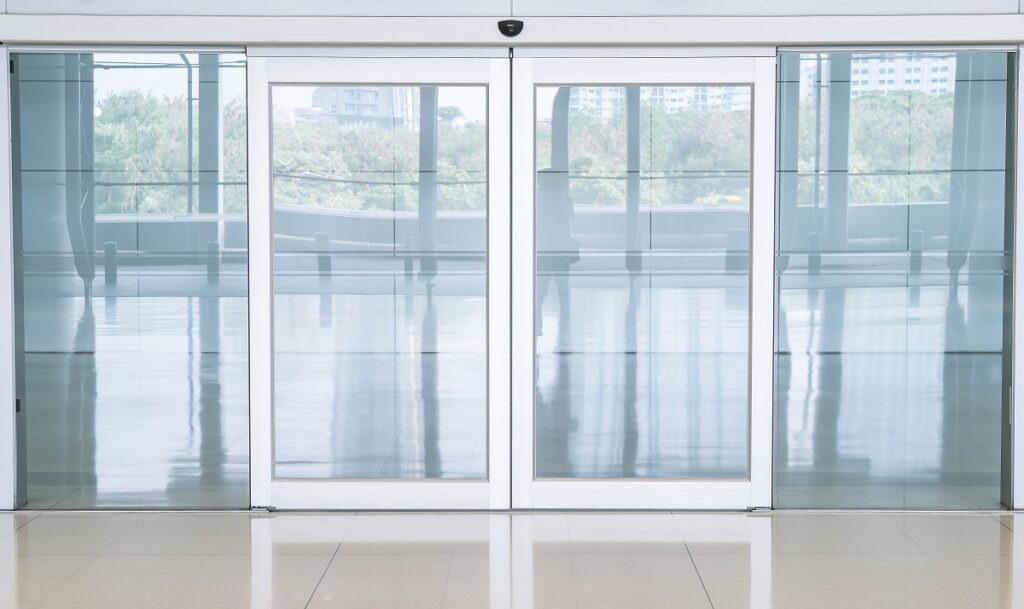
Modern doorways often incorporate technology for increased functionality, such as automatic doors, smart locks, and intercom systems.
- Smart Locks: One of the most common ways technology is incorporated into doorways is through smart locks. These devices can be controlled remotely via a smartphone app, allowing users to lock and unlock their doors from anywhere. Some smart locks also offer features like keyless entry, voice control, and the ability to create temporary digital keys for guests.
- Video Doorbells: Video doorbells are another popular technology for doorways. These devices incorporate a camera and a doorbell into one unit, allowing homeowners to see who is at their door without having to open it. Many video doorbells also offer features like motion detection, two-way audio, and integration with other smart home devices.
- Biometric Access: Biometric technology, such as fingerprint scanners or facial recognition systems, can be used to enhance the security of a doorway. These systems can provide a high level of security by ensuring that only authorized individuals can access the building.
- Automated Door Openers: For commercial buildings or for individuals with mobility issues, automated door openers can be a valuable addition to a doorway. These systems can open and close the door automatically when a person or a vehicle approaches, making the doorway more accessible.
- Energy-Efficient Technology: Smart building technologies can also be used to make doorways more energy-efficient. For example, doors can be fitted with smart thermostats or sensors that can detect when the door is open or closed, helping to regulate the temperature inside the building and reduce energy waste.
- Intercom Systems: Intercom systems can enhance security by providing a means of communication and verification before access is granted. Modern intercom systems can include features such as video communication, remote access, and integration with other security systems.
By incorporating technology into doorways, architects and designers can create entrances that are not only more secure, but also more convenient, accessible, and energy-efficient.
Security Considerations for Building Doorways
Role of Doorways in Security
Doorways play a crucial role in building security, serving as the primary point of access and, therefore, a potential vulnerability.
- Primary Points of Access: Doorways serve as the primary points of access into a building, making them a critical component of a building’s security system. They are the first line of defense against unauthorized entry, and their design and construction can significantly influence the level of security a building has.
- Intercom Systems: Intercom systems are a valuable addition to doorway security. They allow for two-way communication between the person inside the building and the person at the door. This can be particularly useful in larger buildings or in situations where the person inside the building needs to verify the identity of the person outside before granting access.
- Locks and Keys: One of the most basic security features of a doorway is the lock and key system. This can range from traditional mechanical locks to modern electronic locks that can be controlled remotely. The choice of lock can greatly influence the security of a doorway.
- Surveillance: Doorways are often equipped with surveillance systems, such as security cameras or peepholes, that allow occupants to monitor who is entering or exiting the building. This can provide an additional layer of security and deter potential intruders.
- Reinforced Materials: Doorways can be constructed from reinforced materials, such as steel or solid wood, that are resistant to forced entry. The door frame can also be reinforced to prevent the door from being kicked in.
- Alarm Systems: Some doorways are connected to alarm systems that are triggered if the door is forced open or if an incorrect key or code is used. This can alert occupants or security personnel to a potential security breach.
- Access Control Systems: In some buildings, doorways are equipped with access control systems that require a card, code, or biometric data to unlock. This can provide a high level of security by ensuring that only authorized individuals can access the building.
In conclusion, doorways play a crucial role in building security. Their design, construction, and the security features they incorporate can significantly influence the safety and security of the occupants within.
Enhancing Doorway Security
There are several ways to enhance the security of a doorway, including installing locks, cameras, and alarm systems.
Sustainability and Building Doorways
Impact on Sustainability
The choice of materials and design of a doorway can significantly impact the building’s overall sustainability.
Creating Eco-friendly Doorways
From choosing sustainable materials to designing for energy efficiency, there are several ways to create eco-friendly doorways.
Conclusion
Building doorways are a vital aspect of architectural design, contributing to the aesthetics, functionality, security, and sustainability of a building. As we look to the future, the design of doorways will continue to evolve, reflecting changes in technology, societal needs, and environmental considerations. So, next time you pass through a doorway, take a moment to appreciate the thought and creativity that went into its design.

